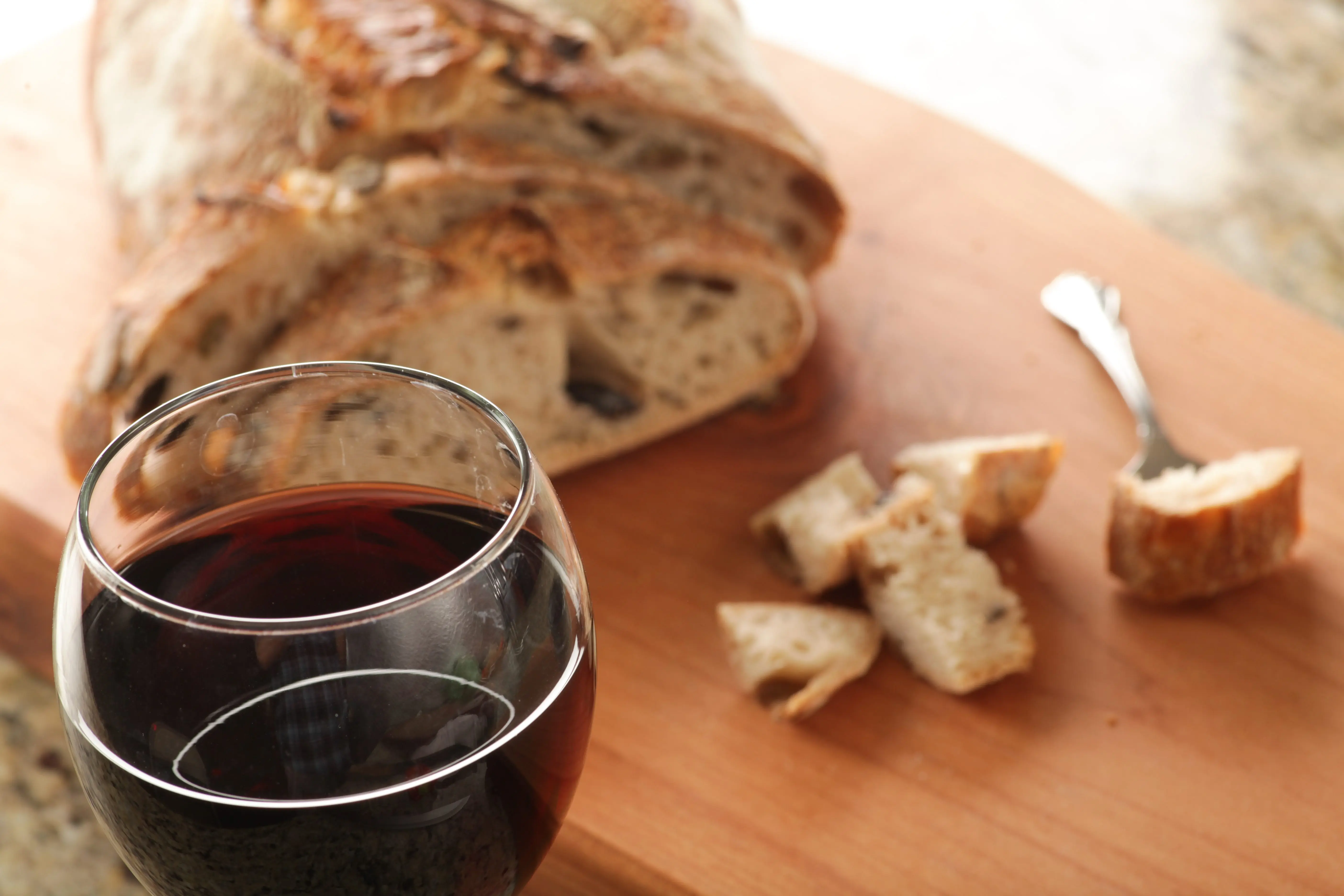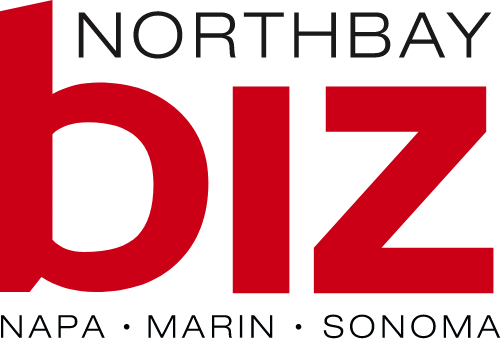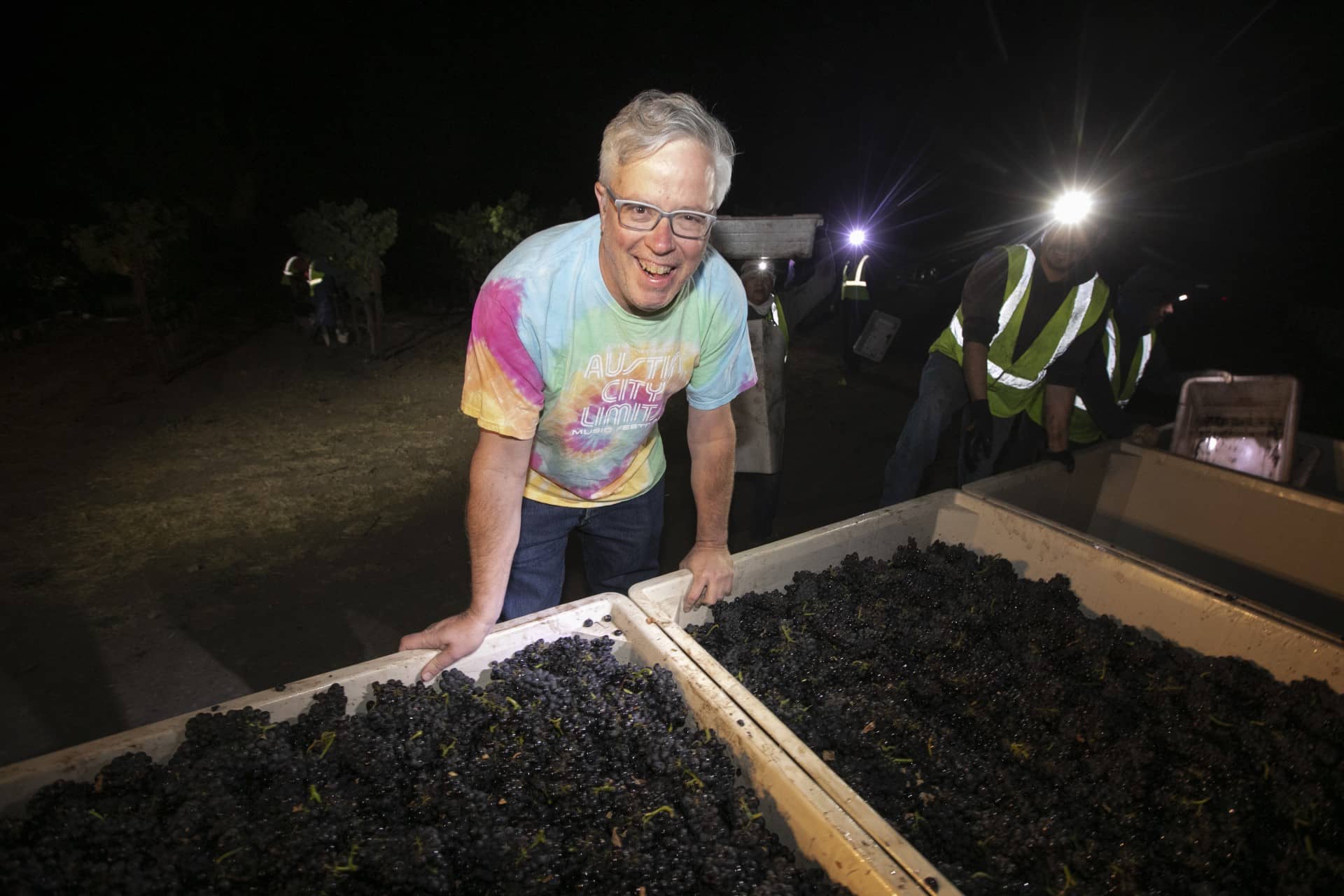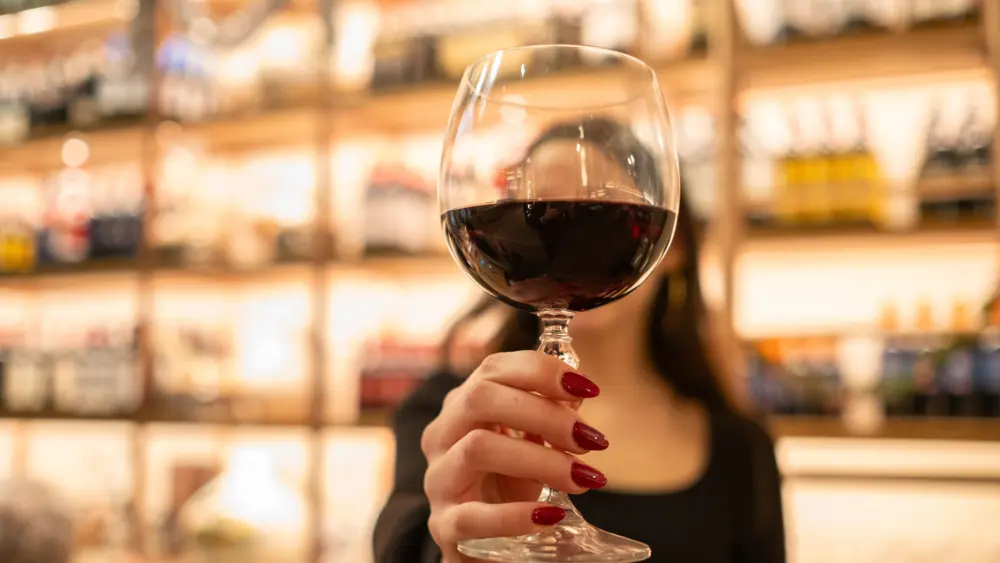
A loaf of bread, a glass of wine and thou.
At first glance, this question might sound a little far-fetched. But hear me out. Taylor Swift recently appeared on the New Heights podcast and announced her new album, The Life of a Showgirl. That single appearance generated staggering numbers—over 15 million views on YouTube and more than 440 million impressions on Instagram and X combined (and counting). Yet what really caught people’s attention wasn’t just the album news. It was her unexpected admission: She has fallen head-over-heels in love with making sourdough bread.
Taylor said, “The sourdough has taken over my life in a huge way. I’m really talking about bread 60% of the time now…” That one comment unleashed a tidal wave of interest. Food & Wine and People magazines quickly ran features, baking websites reported record spikes in traffic, and sourdough-centric Facebook groups and forums saw massive growth. Quite suddenly, sourdough isn’t just a quirky at-home project—it has become the thing to do, especially among younger adults who may not have considered breadmaking before.
And here’s where wine comes in. While wine and bread might seem like different worlds, the two are deeply linked by their reliance on natural yeast. A healthy sourdough starter develops over time through a living community of wild yeasts and bacteria drawn from the surrounding air. Many bakers insist that the most complex, flavorful breads are made this way, without shortcutting with commercial yeast. Winemaking shares this exact tension. For decades, many winemakers inoculated fermentations with cultured yeast strains to control outcomes. But in recent years, more and more have allowed spontaneous fermentation to occur—trusting the naturally occurring yeast populations to drive the process. These fermentations often yield wines considered by some to be more layered, distinctive and expressive of their place of origin.
What we’re witnessing is something no one could have predicted: a massive influx of consumers, largely younger and more culturally engaged, who are suddenly learning—through sourdough—about a central principle of winemaking. For years, the wine industry has watered down its explanations of fermentation and complexity, assuming that detailed discussions might alienate casual drinkers. Now, however, a built-in audience is being created—one that is not only curious but also familiar with the microbial magic that shapes bread and wine alike.
So, the key question becomes: how do we harness this moment?
- Leverage California’s natural uniqueness. The West Coast already has a legendary reputation in sourdough, thanks to the distinctive balance of wild yeasts and bacteria that thrive in the region. Wine-growing regions, especially in California, are similarly defined by unique climates and soils that shape grape and wine character. Imagine a joint campaign spearheaded by the California Wine Institute, drawing playful parallels between sourdough and wine. Short-form social media videos could highlight the microbial and climatic “fingerprints” that make both products special. This campaign wouldn’t need to talk down to anyone—today’s sourdough enthusiasts are primed for nuance.
- Collaborate with young bakers and sommeliers. Food culture thrives at the intersection of tradition and creativity. Partner with California bakers to develop sourdough recipes and have sommeliers create wine pairings specifically for them. A crusty loaf with a rich Sonoma Coast chardonnay, or a darker rye-style sourdough with a Santa Lucia Highlands pinot noir—these kinds of collaborations practically market themselves.
- Engage enthusiast communities. There are thriving sourdough forums, Facebook groups, and online clubs numbering in the hundreds of thousands. Industry groups could become active participants in those communities—sharing pairing ideas, sponsoring recipe contests, and helping bakers connect their passion for bread to the enjoyment of wine.
- Show up at festivals. October 2026 will see the Sourdough Heritage Festival in San Francisco—a natural stage for wineries to showcase their wares alongside bakers. Similarly, 123Farms in Southern California hosts an annual Sourdough Festival that already draws enthusiastic crowds. Sponsorships, tasting booths and educational panels could emphasize the fascinating parallels in fermentation, positioning wine as a natural extension of sourdough’s story.
Of course, these are just a handful of ideas. The larger point is that this movement offers the wine industry something it has long struggled to achieve: a genuine cultural crossover with younger consumers. The connection is organic, authentic and brimming with creative potential. If the wine world embraces it quickly and thoughtfully, there’s every chance that sourdough could rise—not just in the oven, but as a gateway to new audiences and a lot of fresh opportunity. In other words, there’s real potential here… and quite a lot of dough to be made.




